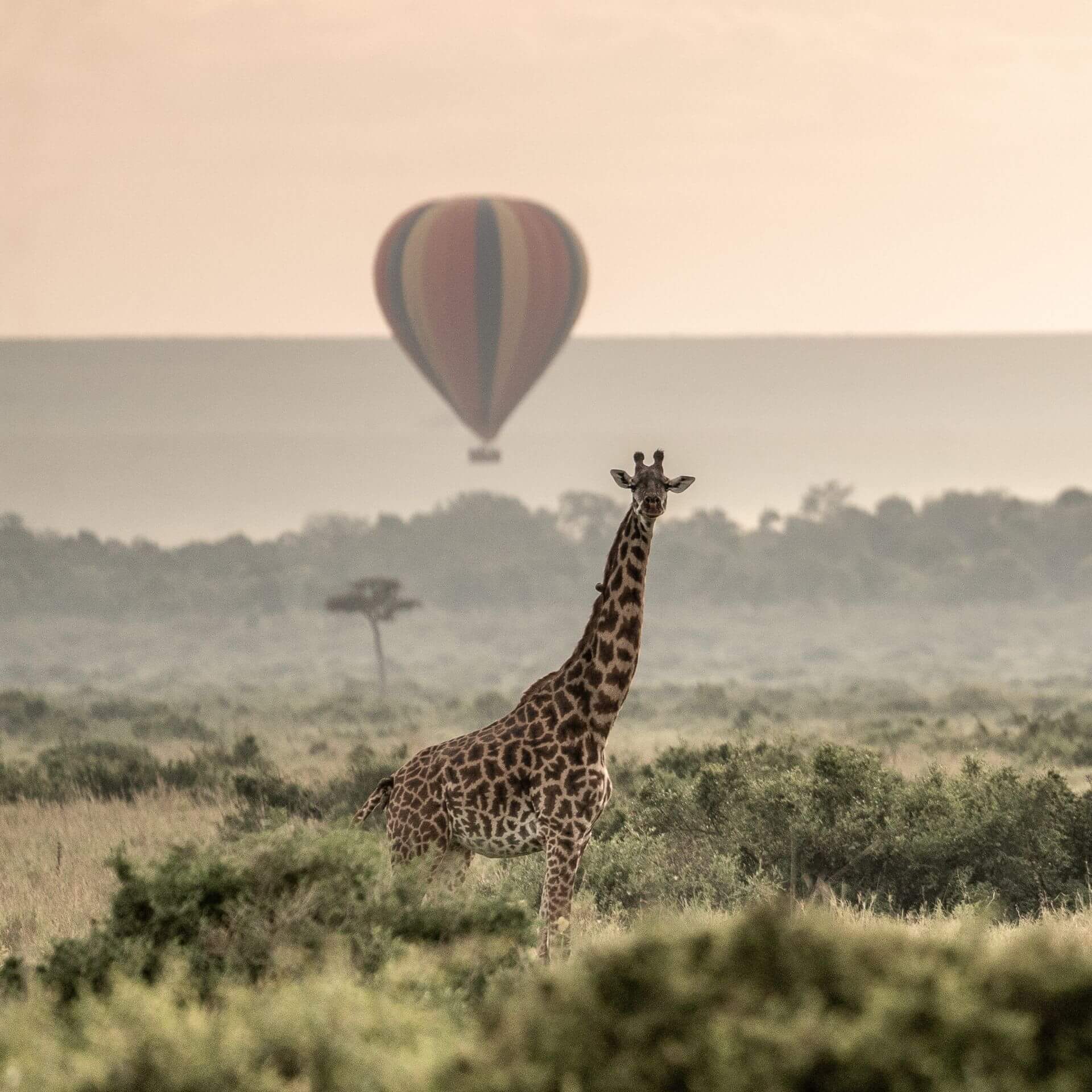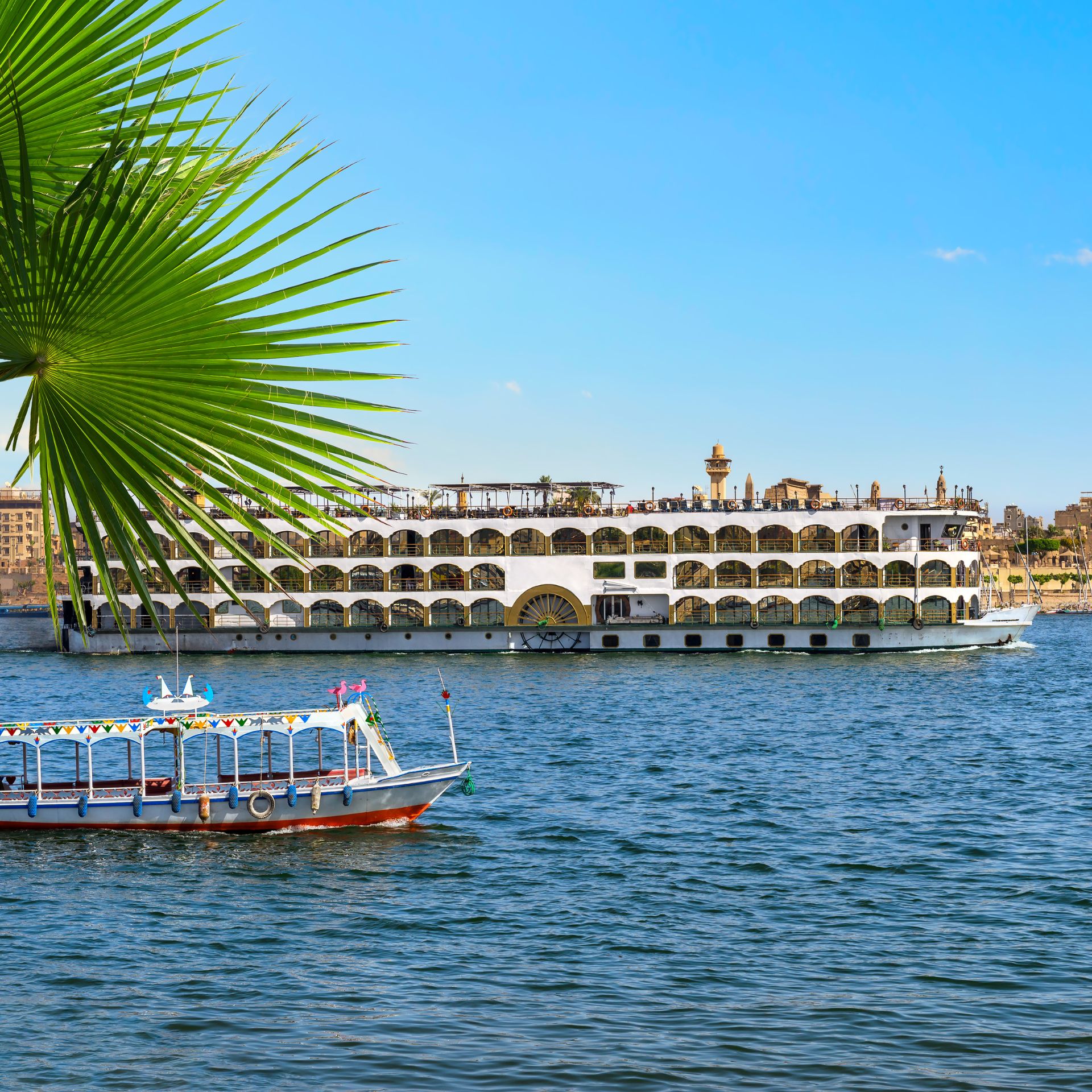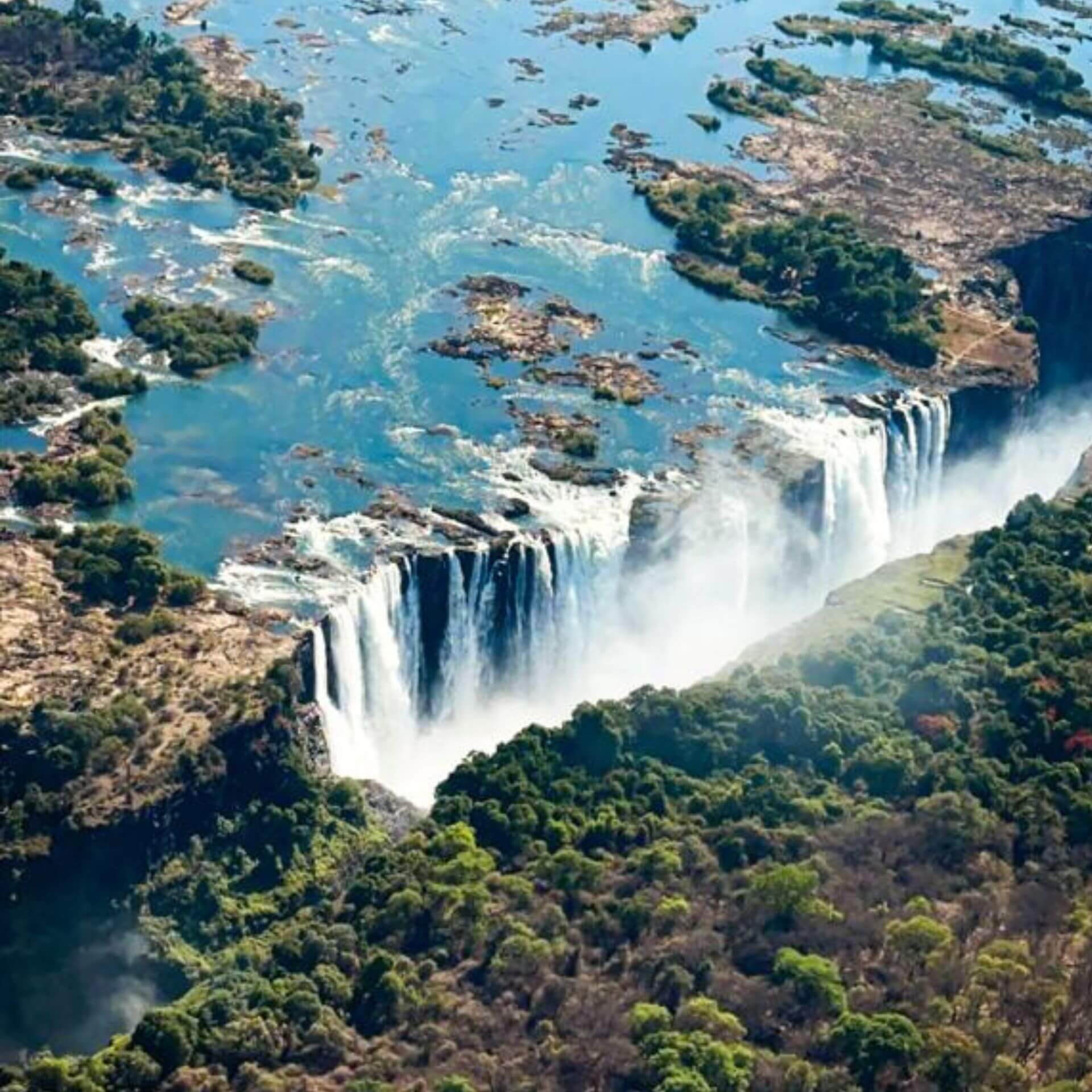These are the best national parks in Malawi, where conservation efforts are bringing wildlife back to life and safaris feel as simple as they were supposed to be
When I decided to visit Malawi, my primary goal was to witness firsthand the incredible progress in wildlife conservation. Malawi has been making headlines for its ambitious efforts to revive its national parks and protect its unique biodiversity. From lush landscapes teeming with life to the thrilling chance of spotting the Big Five, Malawi is changing.
No! Malawi’s national parks unfortunately can’t compete with Masai Mara or Serengeti (yet!). Still, they offer some very unique and intimate safari experiences in Africa with the feeling that you are in a safari the way they were decades ago.
My journey took me across several of these parks, each with its unique charm and story. From the impressive reintroduction of wildlife to the stunning scenery, I was captivated by the sheer beauty and resilience of nature in Malawi.
Here are the best national parks in Malawi for a safari, where conservation meets adventure.
Learn everything about safaris in my “safari only” section
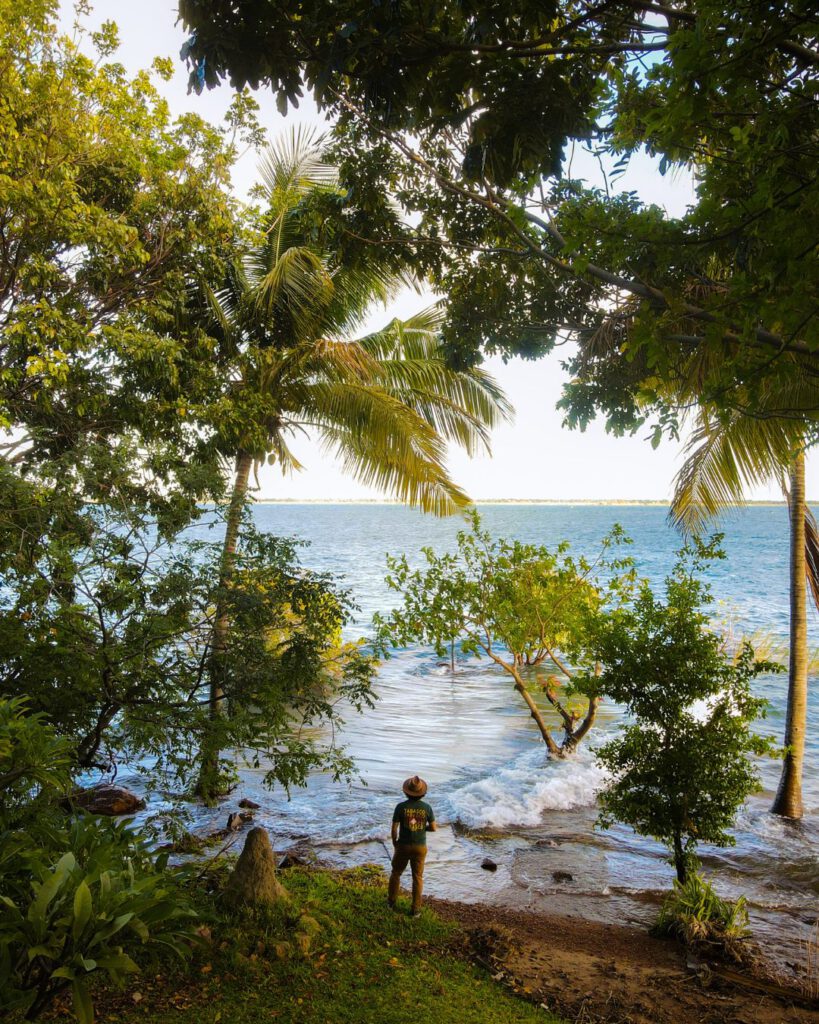
Liwonde National Park
A Conservation Success Story
Liwonde National Park, located in the southern part of Malawi, is often hailed as one of the country’s greatest conservation success stories. Spanning over 548 square kilometers, the park is a haven for wildlife, thanks to the efforts of African Parks, an NGO that has been managing it since 2015. The reintroduction of cheetahs, lions, and black rhinos has revitalized the park, making it a prime destination for safari enthusiasts.
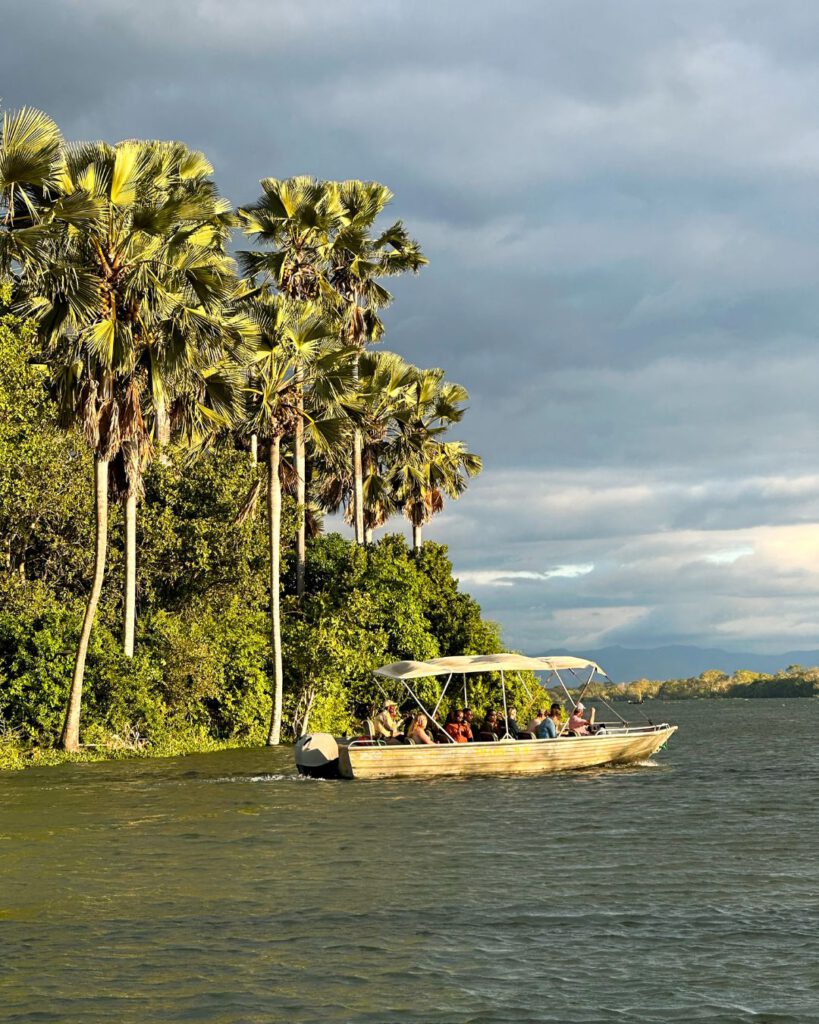
Liwonde in a Nutshell
- Self-driving: Self-driving is allowed
- Best season to visit: April to October
- What species can I see: Elephants, hippos, crocodiles, lions, cheetahs, black rhinos, and over 400 bird species
- What single activity makes the visit worth: Boat safari on the Shire River
- Prices: Park entry fee is US$ 30 for international visitors
- Website: African Parks – Liwonde
Wildlife and Scenery
The park’s diverse ecosystems, ranging from mopane woodlands to lush riverbanks, provide the perfect habitat for a wide array of wildlife. During my visit, I was thrilled to spot elephants, hippos, and crocodiles along the Shire River. The birdlife here is also spectacular, with over 400 species recorded, including the rare Pel’s fishing owl.
Safari Experiences
Liwonde offers various safari experiences, from traditional game drives to boat safaris on the Shire River. The boat safaris, in particular, provide a unique perspective, allowing you to see hippos and crocodiles up close while enjoying the serene riverine environment. For a more immersive experience, guided walking safaris are also available, offering the chance to track wildlife on foot and learn about the park’s flora and fauna.
Where to Stay
Accommodation options in Liwonde range from luxurious lodges to more budget-friendly campsites. Mvuu Lodge and Camp are popular choices, offering comfortable accommodations with stunning views of the river. I stayed at Mvuu and loved it. Another great option is Kuthengo Camp, known for its eco-friendly design and excellent service.
Majete Wildlife Reserve
A Park with a 180° Transformation
Majete Wildlife Reserve, located in the Lower Shire Valley, is another testament to Malawi’s dedication to conservation. Once depleted of wildlife, the reserve has undergone a remarkable transformation since African Parks took over its management in 2003. Today, Majete is a thriving reserve, home to the Big Five and many other species.
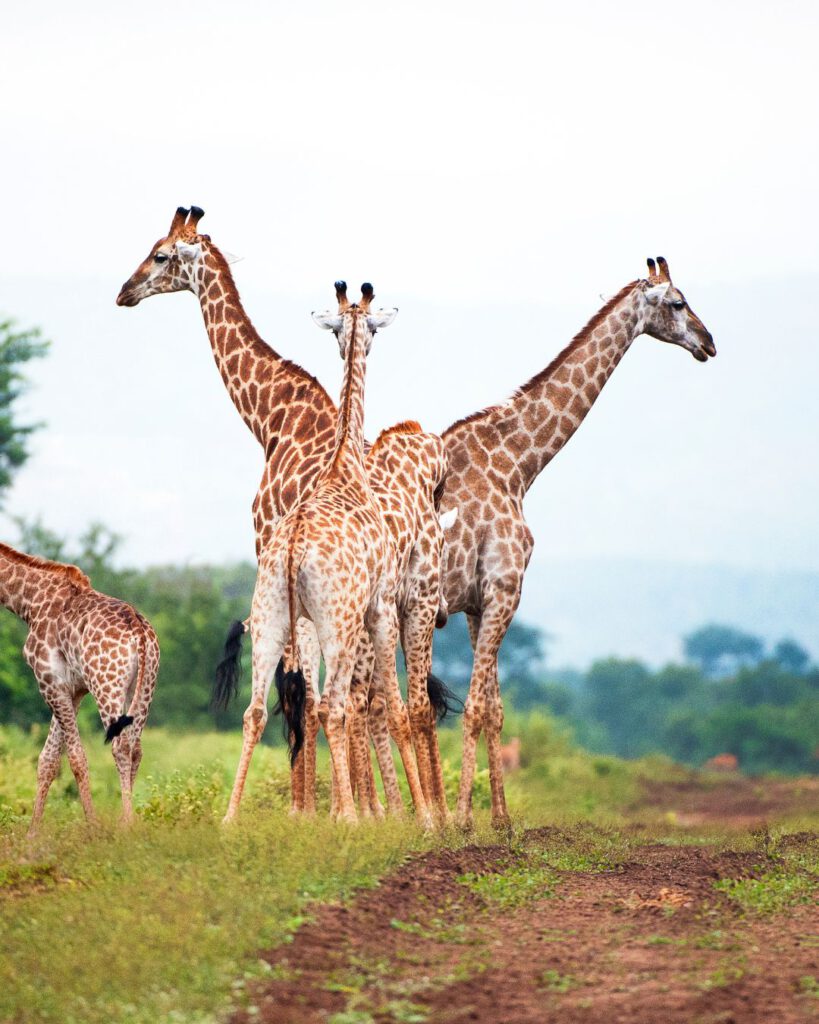
Majete in a Nutshell
- Self-driving: Self-driving is allowed
- Best season to visit: May to October
- What species can I see: Rhinos, elephants, leopards, buffaloes, antelopes, and numerous bird species
- What single activity makes the visit worth: Boat safari on the Shire River
- Prices: Park entry fee is US$ 30 for international visitors
- Website: African Parks – Majete
Wildlife and Scenery
Majete’s landscape is characterized by miombo woodlands, savannahs, and riverine forests, creating a picturesque setting for a safari. Travelers can be lucky enough to see rhinos, elephants, and leopards, as well as a variety of antelopes and bird species. The reserve’s success in reintroducing wildlife makes it a truly inspiring destination.
Safari Experiences
Majete offers a range of safari activities, including game drives, boat safaris, and walking safaris. The reserve’s well-maintained roads and knowledgeable guides ensure a memorable experience. For those doing the boat safari on the Shire River, expect stunning views of the landscape and close encounters with hippos and crocodiles.
Where to Stay
For accommodation, Mkulumadzi Lodge stands out, offering luxurious chalets with private decks overlooking the river. The lodge’s commitment to sustainability and excellent hospitality make it a top choice. Alternatively, Thawale Lodge provides comfortable tented accommodations within the reserve, perfect for those seeking an authentic safari experience.
Nyika National Park
Malawi’s Highland Gem
Nyika National Park, located in northern Malawi, is unique in both its landscape and wildlife. Covering an area of over 3,200 square kilometers, it is Malawi’s largest national park. The park’s highland plateau, dotted with rolling hills, grasslands, and montane forests, offers a stark contrast to the lowland parks in the south.
Read more: These are the basics for going into a safari in Africa
Read more: How to plan a safari in Amboseli National Park in Kenya
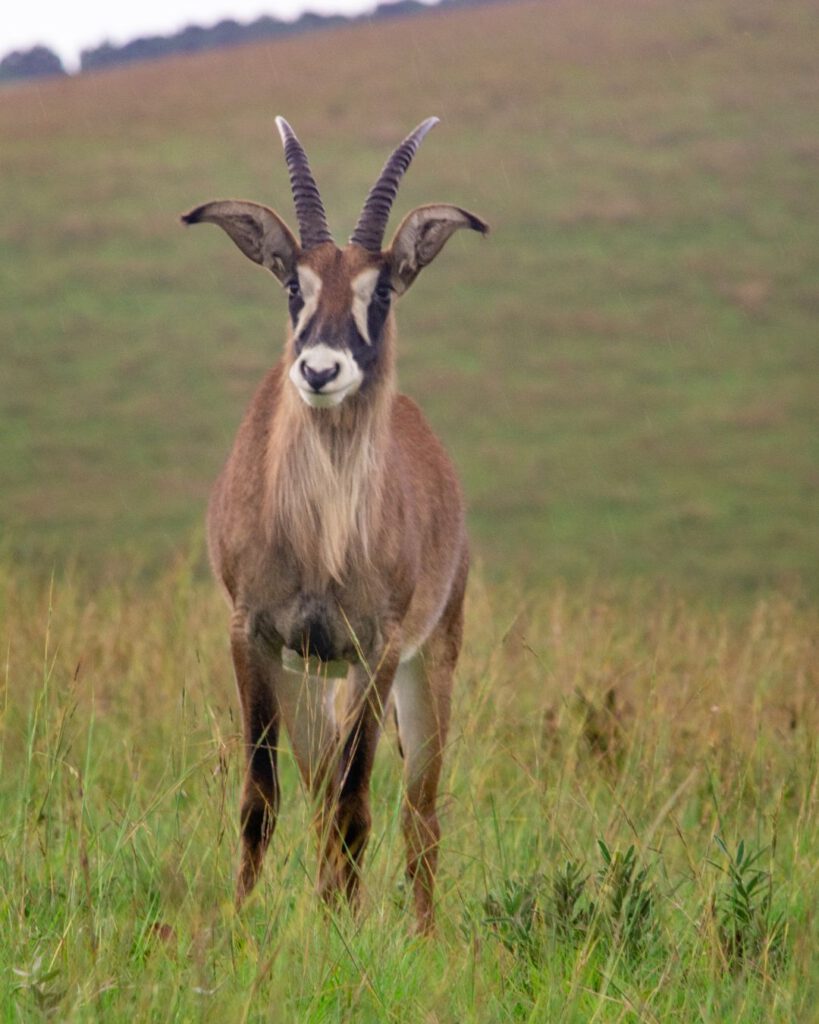
Nyika in a Nutshell
- Self-driving: Self-driving is allowed
- Best season to visit: May to September
- What species can I see: Zebras, elands, roan antelopes, and over 400 bird species
- What single activity makes the visit worth: Game drive across the highland plateau
- Prices: Park entry fee is US$ 10 for foreigners
- Website: Nyika National Park
Wildlife and Scenery
Nyika’s cool climate and diverse habitats support a range of wildlife, including zebras, elands, and roan antelopes. The park is also a haven for birdwatchers, with over 400 bird species recorded. One of the highlights for those visiting is witnessing the stunning herds of zebras grazing on the plateau, framed by the breathtaking mountain views.
Safari Experiences
Nyika offers a unique safari experience, with opportunities for game drives, walking safaris, and mountain biking. The park’s extensive network of trails makes it ideal for exploring on foot or by bike, allowing you to get up close to the wildlife and enjoy the stunning scenery. Horseback safaris are also available, providing a truly memorable way to explore the park.
Where to Stay
Chelinda Lodge and Chelinda Camp are the main accommodation options in Nyika. Chelinda Lodge offers luxurious log cabins with panoramic views of the plateau, while Chelinda Camp provides more budget-friendly options, including self-catering chalets and campsites.
Nkhotakota Wildlife Reserve
A Wilderness Reborn
Nkhotakota Wildlife Reserve, located in central Malawi, is one of the country’s oldest and largest protected areas. Spanning over 1,800 square kilometers, the reserve is known for its rugged terrain and dense forests. Under the management of African Parks since 2015, Nkhotakota has seen significant wildlife reintroduction efforts, making it a burgeoning safari destination.
Read more: The importance of wildlife reintroduction in Malawi
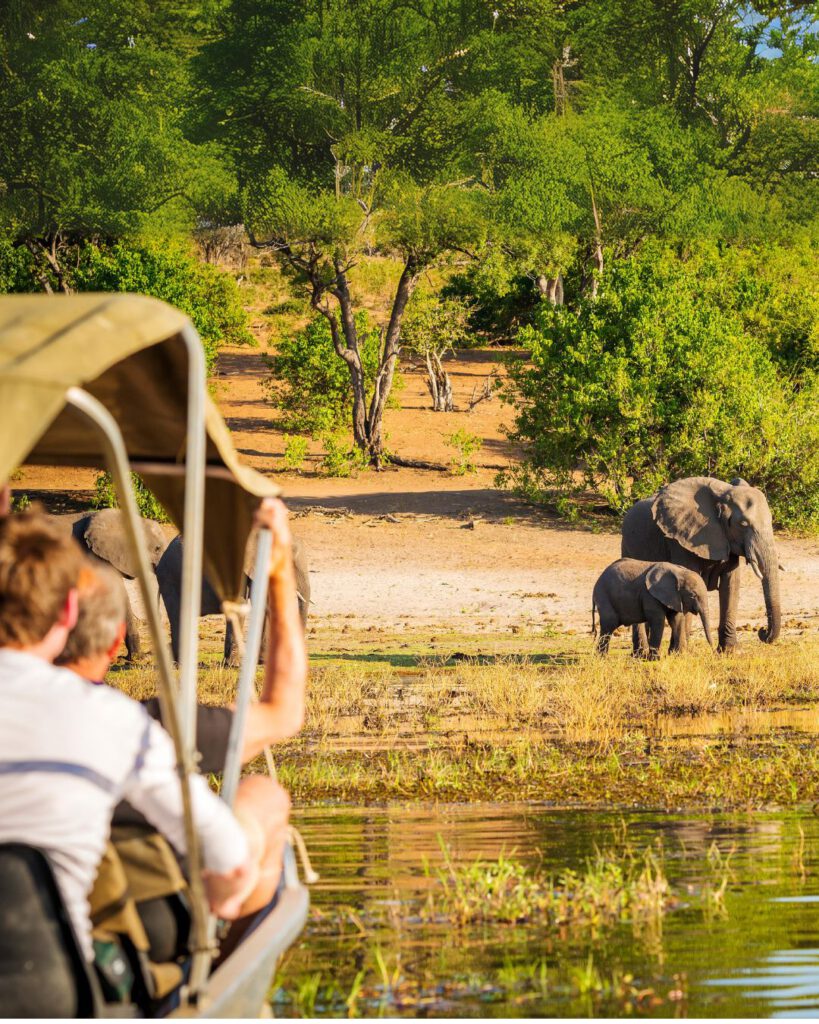
Nkhotakota in a Nutshell
- Self-driving: Self-driving is allowed
- Best season to visit: May to October
- What species can I see: Elephants, buffaloes, antelopes, and over 280 bird species
- What single activity makes the visit worth: Guided walking safari
- Prices: Park entry fee is US$ 10 for foreigners
- Website: African Parks – Nkhotakota
Wildlife and Scenery
The reserve’s diverse habitats, including miombo woodlands, riverine forests, and grasslands, support a variety of wildlife. Expect to see elephants, buffaloes, and several species of antelopes. The reserve is also home to over 280 bird species, making it a paradise for birdwatchers.
Safari Experiences
Nkhotakota offers a range of safari activities, including game drives, guided walks, and boat safaris on the Bua River. The guided walks are particularly special, allowing you to explore the reserve’s pristine wilderness on foot and learn about its flora and fauna from knowledgeable guides.
Where to Stay
Tongole Wilderness Lodge is the standout accommodation in Nkhotakota, offering luxurious eco-friendly chalets with stunning views of the river. For a more budget-friendly option, Bua River Lodge provides comfortable tented accommodations and a friendly atmosphere.
Vwaza Marsh Wildlife Reserve
An Off-the-Beaten-Path Gem
Located in northern Malawi, Vwaza Marsh Wildlife Reserve is a lesser-known but equally captivating safari destination. The reserve’s diverse habitats, including wetlands, woodlands, and grasslands, support a variety of wildlife and offer a tranquil escape from the more popular parks.
Read more: How to travel around Malawi
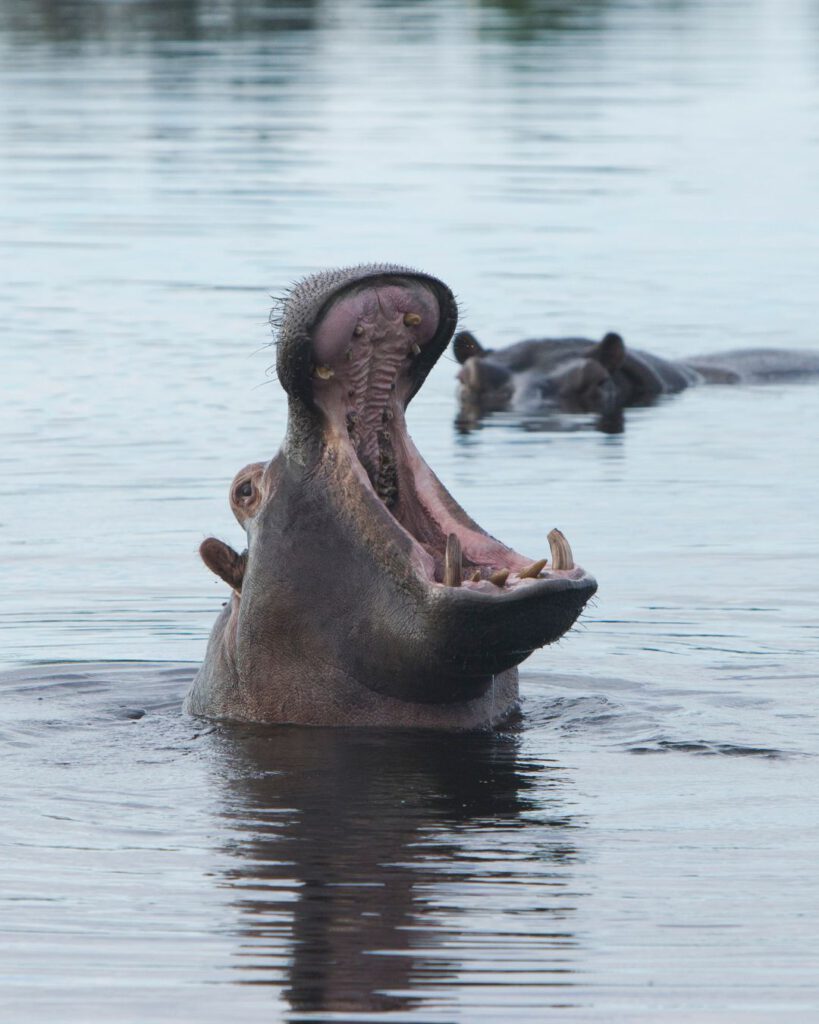
Vwaza in a Nutshell
- Self-driving: Self-driving is allowed
- Best season to visit: May to October
- What species can I see: Elephants, hippos, antelopes, and numerous bird species
- What single activity makes the visit worth: Guided walk in the marshes
- Prices: Park entry fee is US$ 7 for foreigners
- Website: Vwaza Marsh Wildlife Reserve
Wildlife and Scenery
Vwaza Marsh is home to a range of wildlife, including elephants, hippos, and several species of antelopes. The reserve’s wetlands attract numerous bird species, making it a great destination for birdwatching. This is not the first option for those visiting Malawi for the first time. Still, for those overlanding or wanting to take their time to explore Malawi, this can be a nice alternative to completely disconnect.
Safari Experiences
Vwaza Marsh offers a more rustic safari experience, with opportunities for game drives and guided walks. The reserve’s remote location and limited tourist infrastructure make it an ideal destination for those seeking a more off-the-beaten-path adventure.
Where to Stay
Accommodation options in Vwaza Marsh are limited, but Kazuni Safari Camp offers comfortable tented accommodations with beautiful views of the surrounding landscape. The camp’s friendly staff and relaxed atmosphere make it a great base for exploring the reserve.
Kasungu National Park
A Park on the Rise
Kasungu National Park, located in central Malawi, has seen significant conservation efforts in recent years. Covering an area of over 2,000 square kilometers, the park is characterized by its miombo woodlands, grasslands, and river valleys.
Read more: How to plan a trip in West Africa
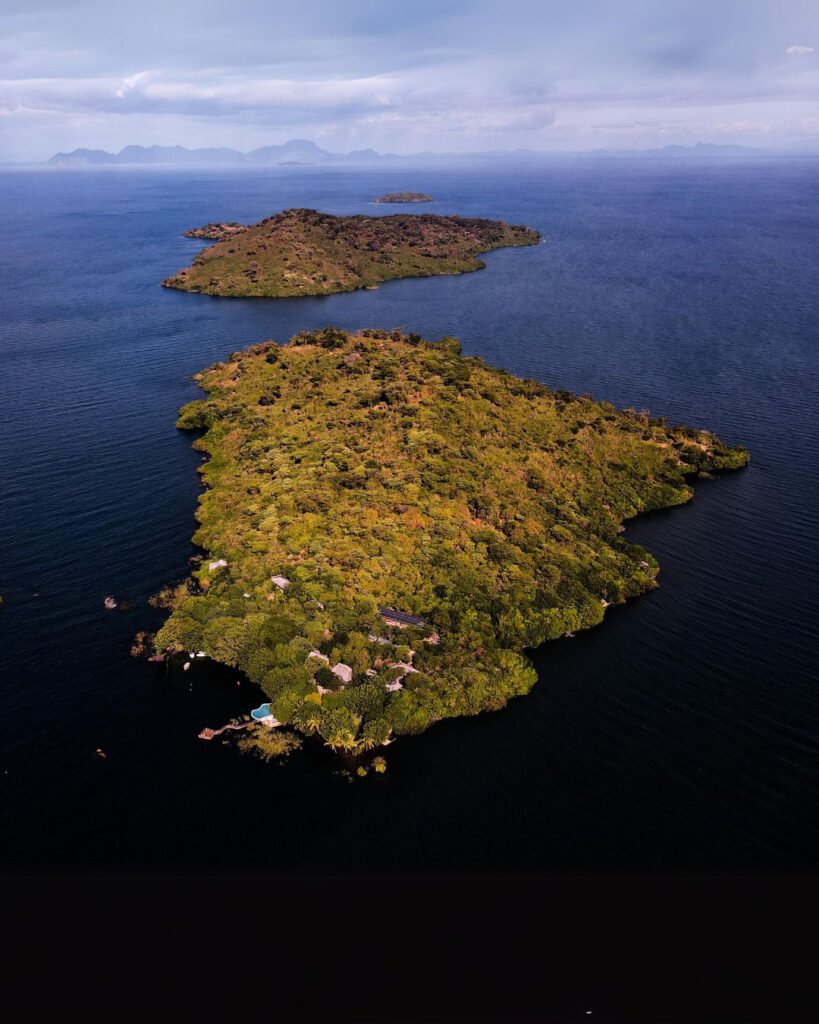
Kasungu in a Nutshell
- Self-driving: Self-driving is allowed
- Best season to visit: May to October
- What species can I see: Elephants, buffaloes, antelopes, and over 300 bird species
- What single activity makes the visit worth: Guided walking safari
- Prices: Park entry fee is US$10 for foreigners.
- Website: Kasungu National Park
Wildlife and Scenery
Kasungu is home to a variety of wildlife, including elephants, buffaloes, and several species of antelopes. The park is also known for its rich birdlife, with over 300 species recorded.
Safari Experiences
Kasungu offers a range of safari activities, including game drives and guided walks. The park’s well-maintained roads and knowledgeable guides ensure a memorable experience. Travelers particularly enjoy the guided walks, which allowed them to explore the park’s diverse habitats on foot and learn about its flora and fauna.
Where to Stay
For accommodation, Lifupa Conservation Lodge is the best option, offering comfortable chalets with stunning views of the park. The lodge’s commitment to sustainability and excellent hospitality make it a top choice for visitors.
Lake Malawi National Park
A Unique Underwater Safari
Lake Malawi National Park, located at the southern end of Lake Malawi, is a UNESCO World Heritage Site known for its stunning underwater biodiversity. The park’s crystal-clear waters are home to hundreds of species of cichlid fish, making it a paradise for snorkeling and diving enthusiasts.
Lake Malawi in a Nutshell
- Self-driving: Self-driving is allowed
- Best season to visit: May to October
- What species can I see: Hundreds of species of cichlid fish, various bird species
- What single activity makes the visit worth: Snorkeling
- Prices: Park entry fee is US$ 10 for foreigners.
- Website: Lake Malawi National Park
Wildlife and Scenery
The park’s underwater habitats, including rocky shores, sandy beaches, and clear waters, support a wide variety of fish species. During my visit, I was amazed by the vibrant colors and diversity of the cichlids, which are found nowhere else in the world.
Safari Experiences
Lake Malawi National Park offers a unique safari experience, with opportunities for snorkeling, diving, and boat trips. The park’s crystal-clear waters provide excellent visibility, allowing you to see the fish up close and appreciate the beauty of the underwater world.
Where to Stay
Accommodation options in Lake Malawi National Park include the luxurious Pumulani Lodge and the more budget-friendly Mumbo Island Camp. Both offer stunning views of the lake and a range of activities, including snorkeling, diving, and kayaking. I stayed at the Blue Zebra Lodge. Unlike the rest of accommodation options I had in Malawi, Blue Zebra felt like a destination on its own. This island offers lots of activities and is the perfect place to relax.
Read more: This is a funeral in Malawi

